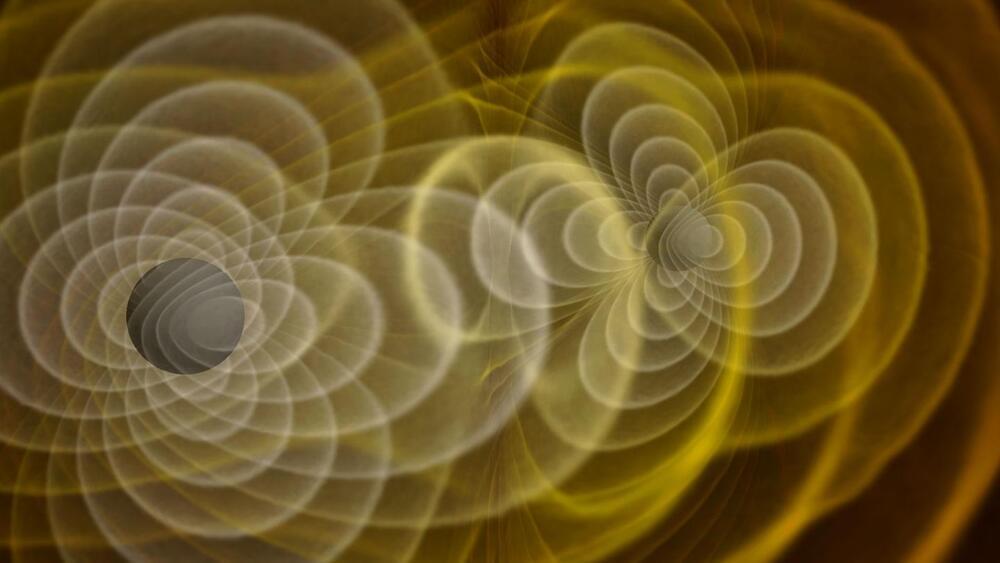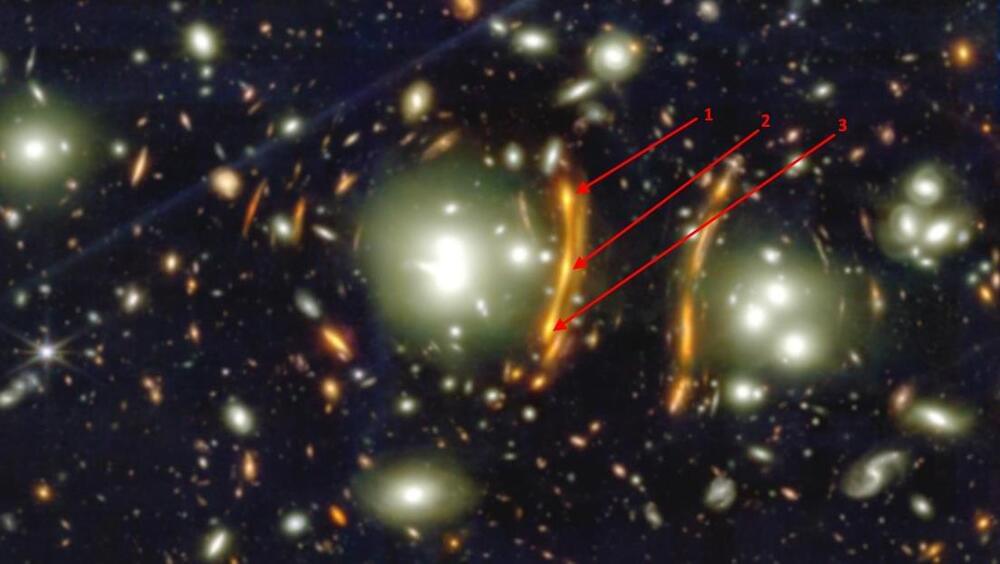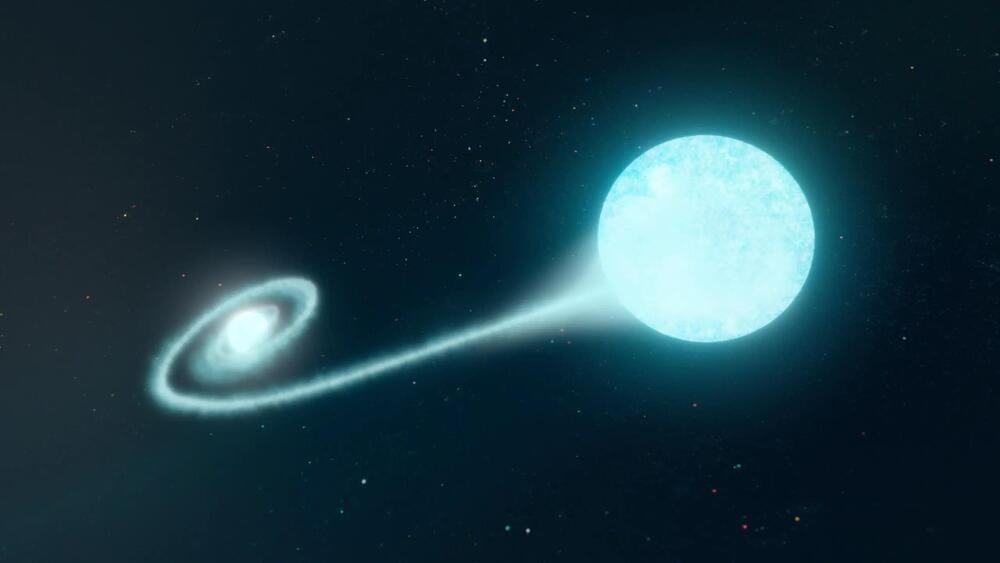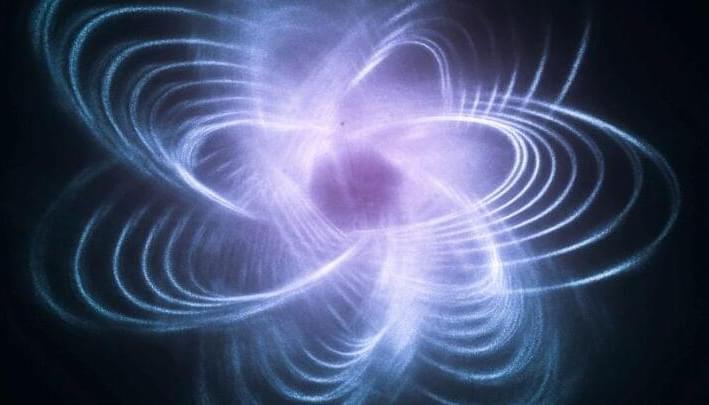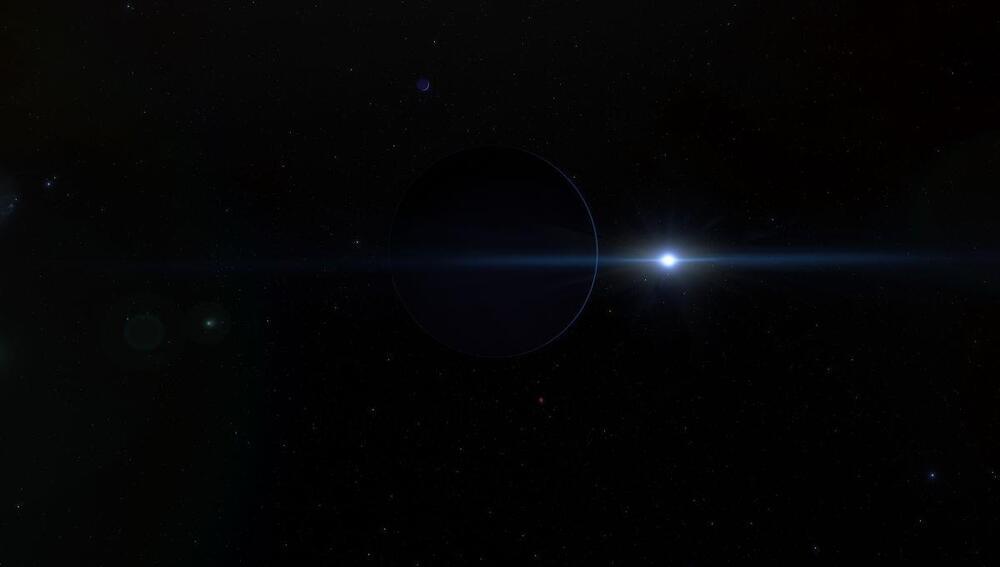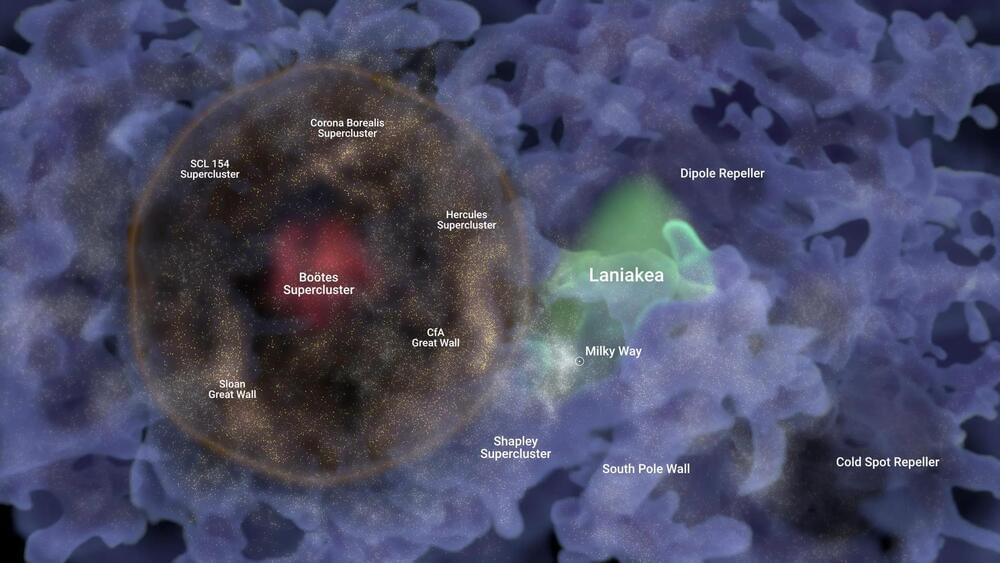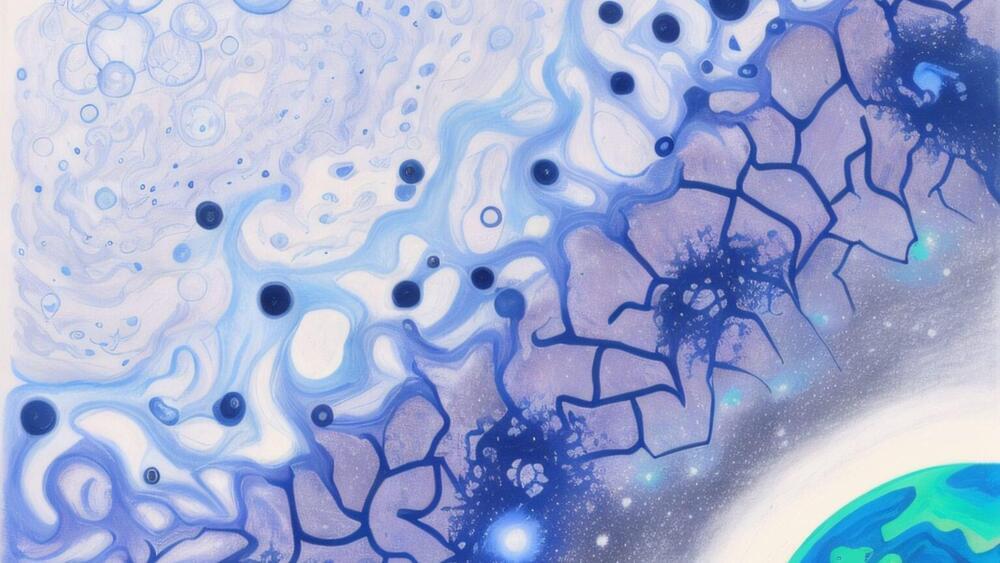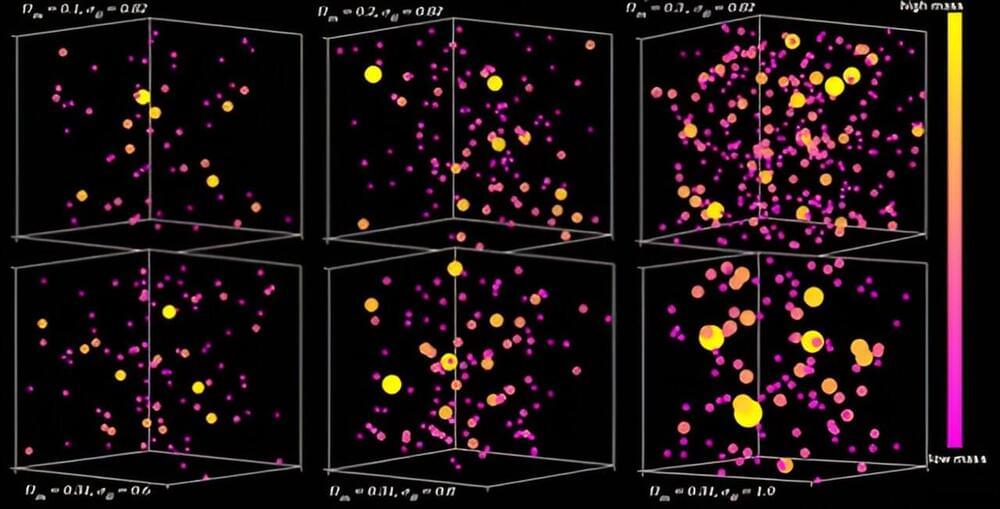
One of the most interesting and important questions in cosmology is, “How much matter exists in the universe?” An international team, including scientists at Chiba University, has now succeeded in measuring the total amount of matter for the second time. Reporting in The Astrophysical Journal, the team determined that matter makes up 31% of the total amount of matter and energy in the universe, with the remainder consisting of dark energy.
“Cosmologists believe that only about 20% of the total matter is made of regular or ‘baryonic’ matter, which includes stars, galaxies, atoms, and life,” explains first author Dr. Mohamed Abdullah, a researcher at the National Research Institute of Astronomy and Geophysics-Egypt, Chiba University, Japan. “About 80% is made of dark matter, whose mysterious nature is not yet known but may consist of some as-yet-undiscovered subatomic particles.”
“The team used a well-proven technique to determine the total amount of matter in the universe, which is to compare the observed number and mass of galaxy clusters per unit volume with predictions from numerical simulations,” says co-author Gillian Wilson, Abdullah’s former graduate advisor and Professor of Physics and Vice Chancellor for research, innovation, and economic development at UC Merced.
